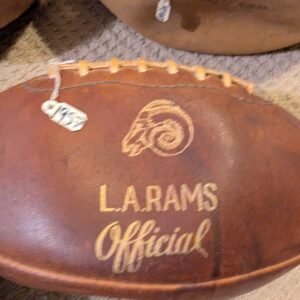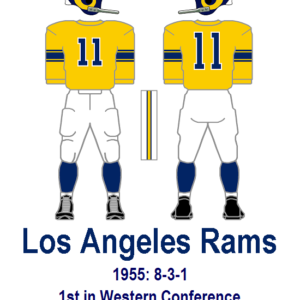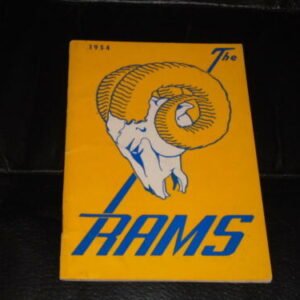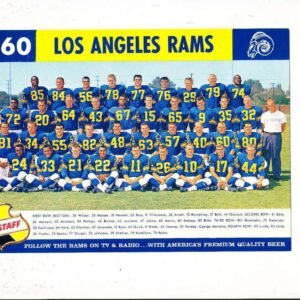Description
The 1994 Los Angeles Rams season marked the end of an era in Los Angeles, as it was the final year before the Rams relocated to St. Louis in 1995. The team, under the guidance of head coach John Robinson, struggled throughout the year, finishing with a disappointing 6-10 record. Despite a few bright spots, the Rams were unable to find consistency, and their 1994 season further illustrated the team’s ongoing struggles during the early 1990s.



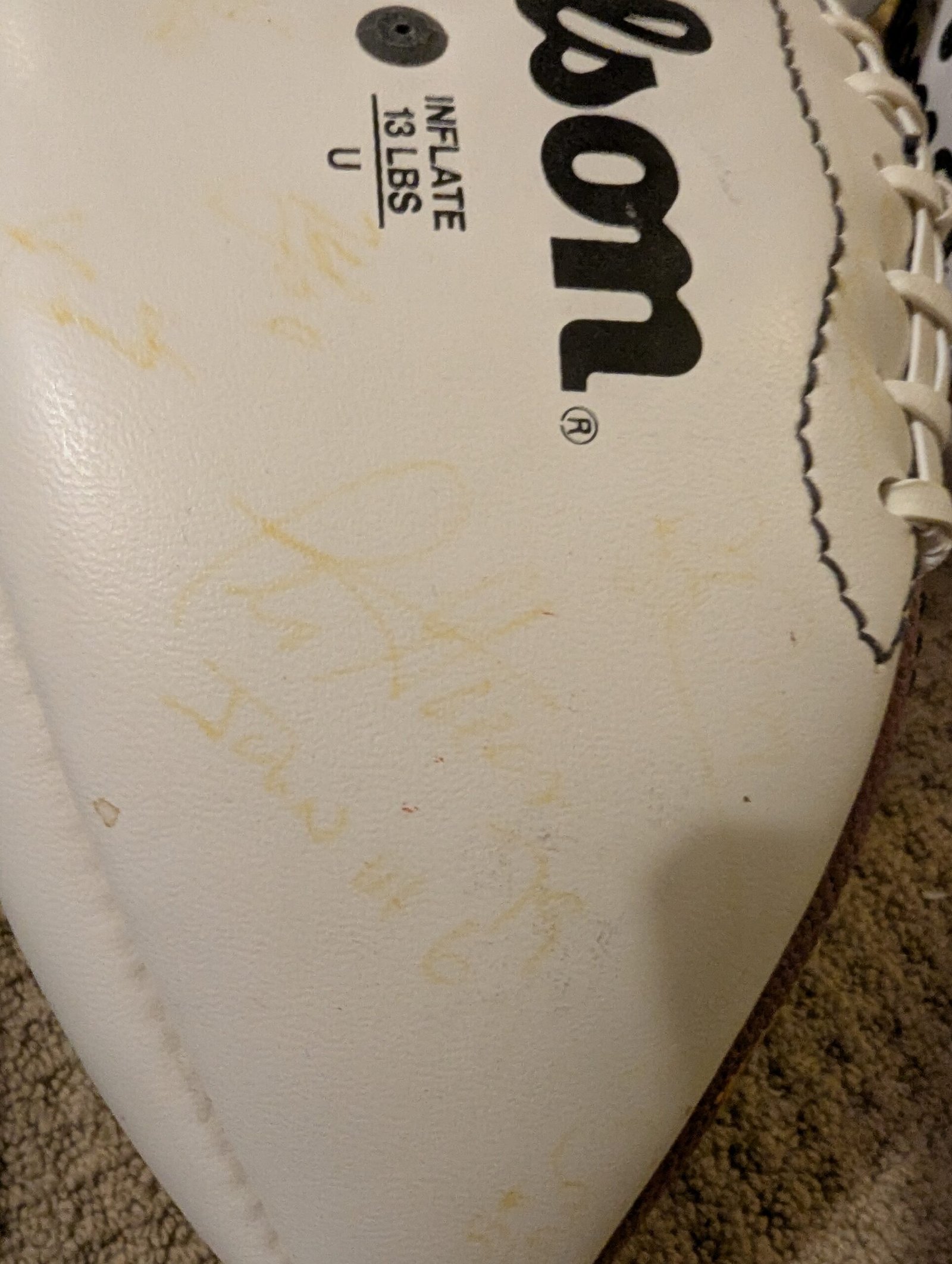
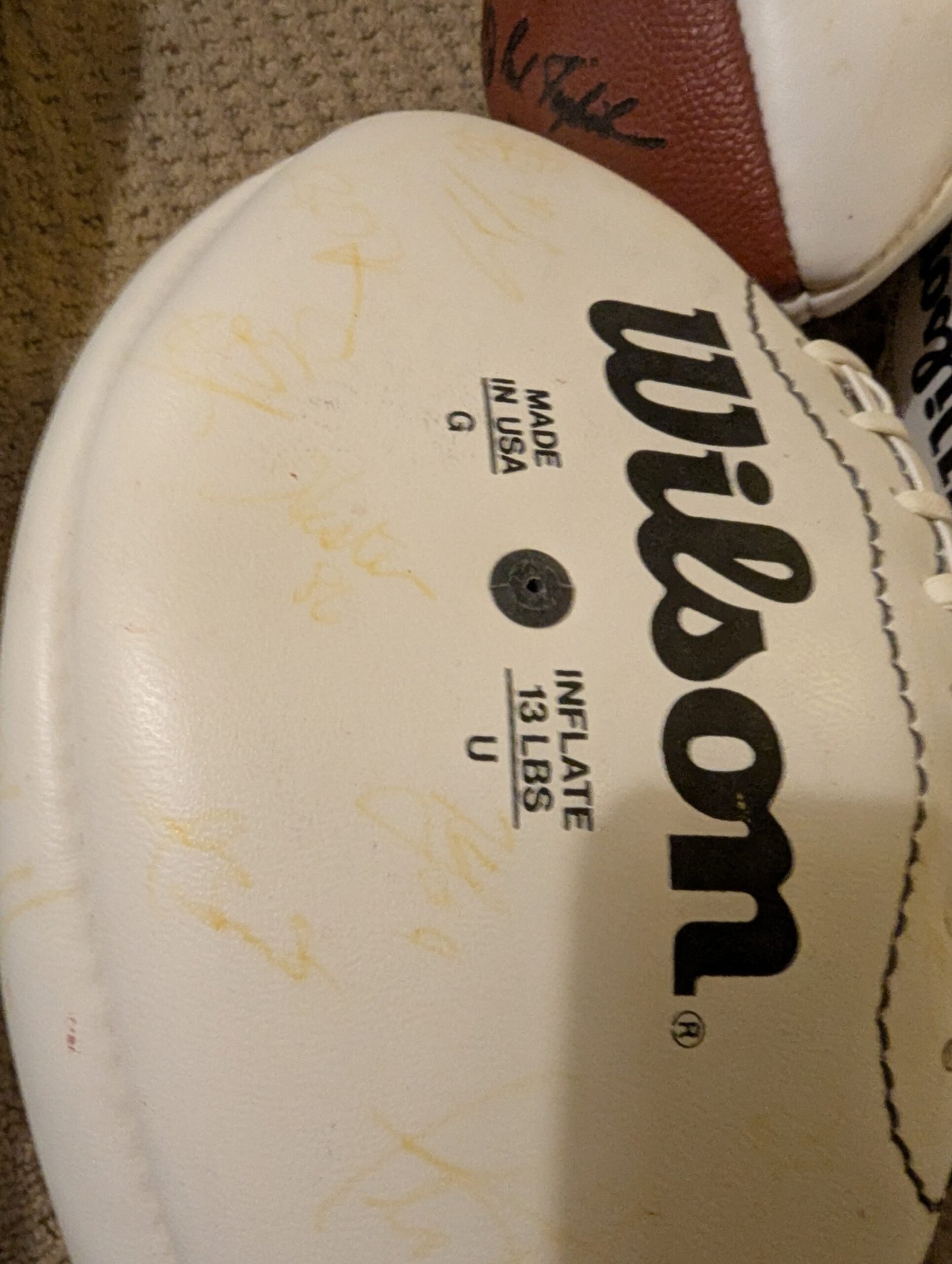

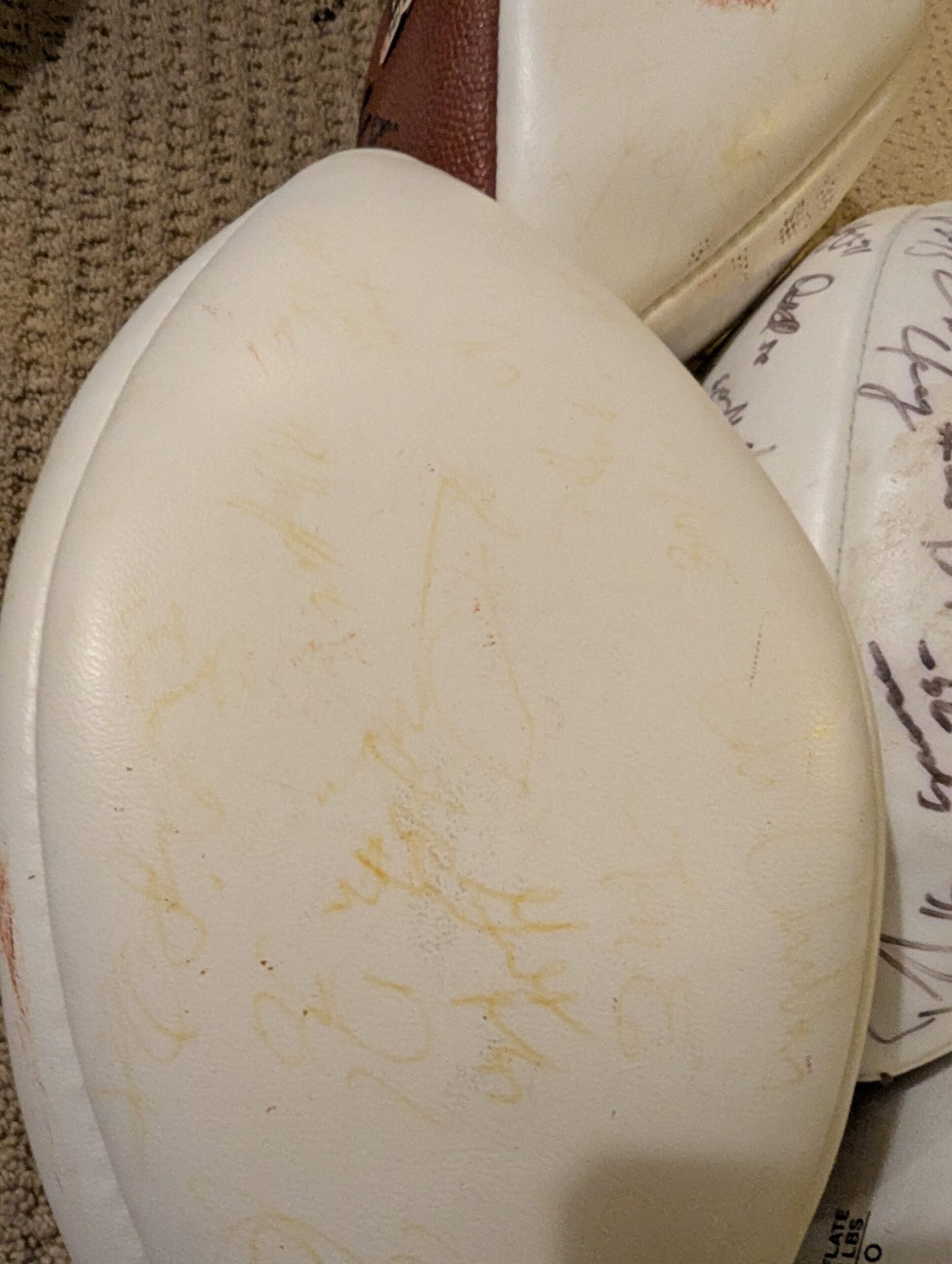
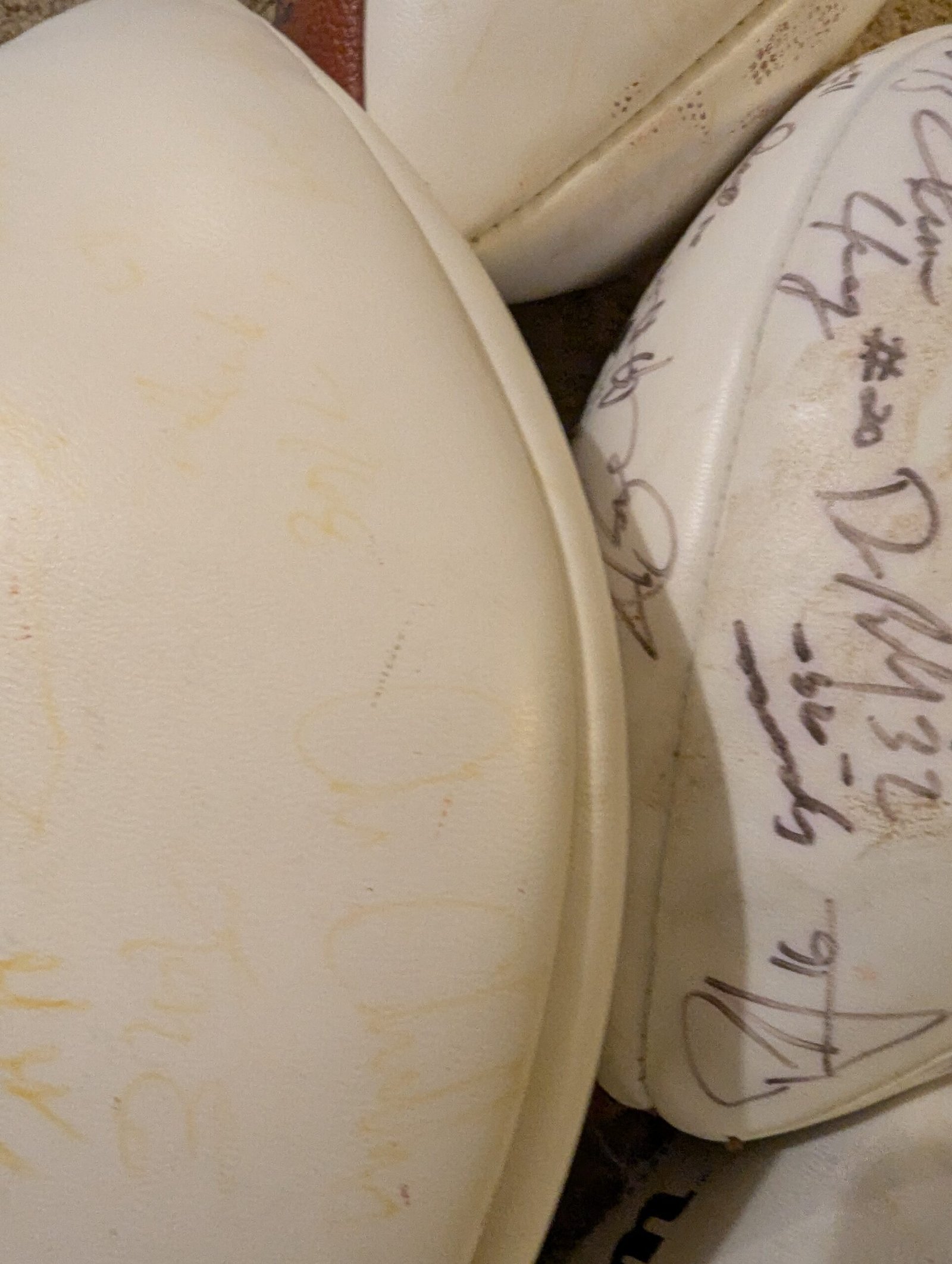
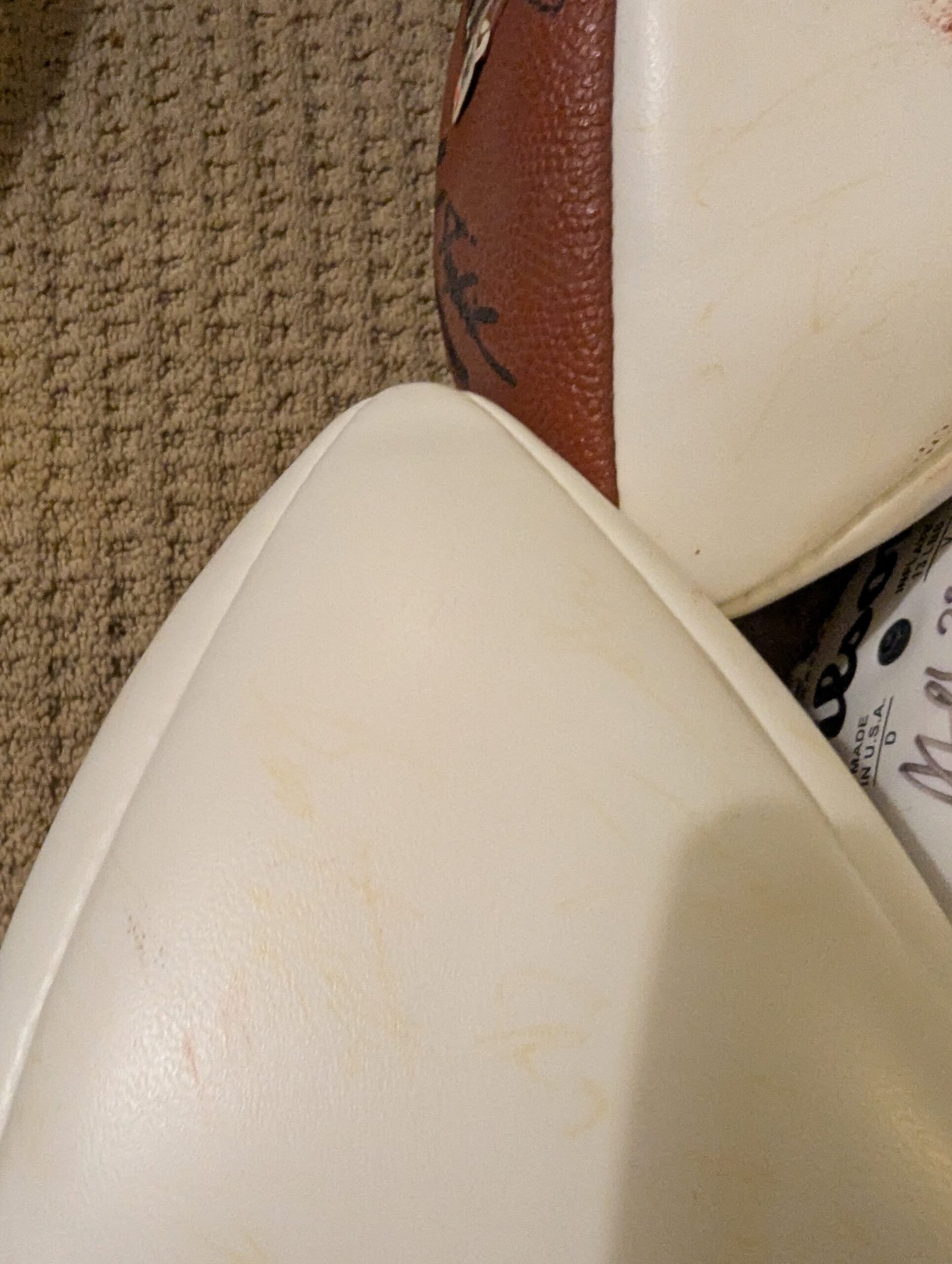


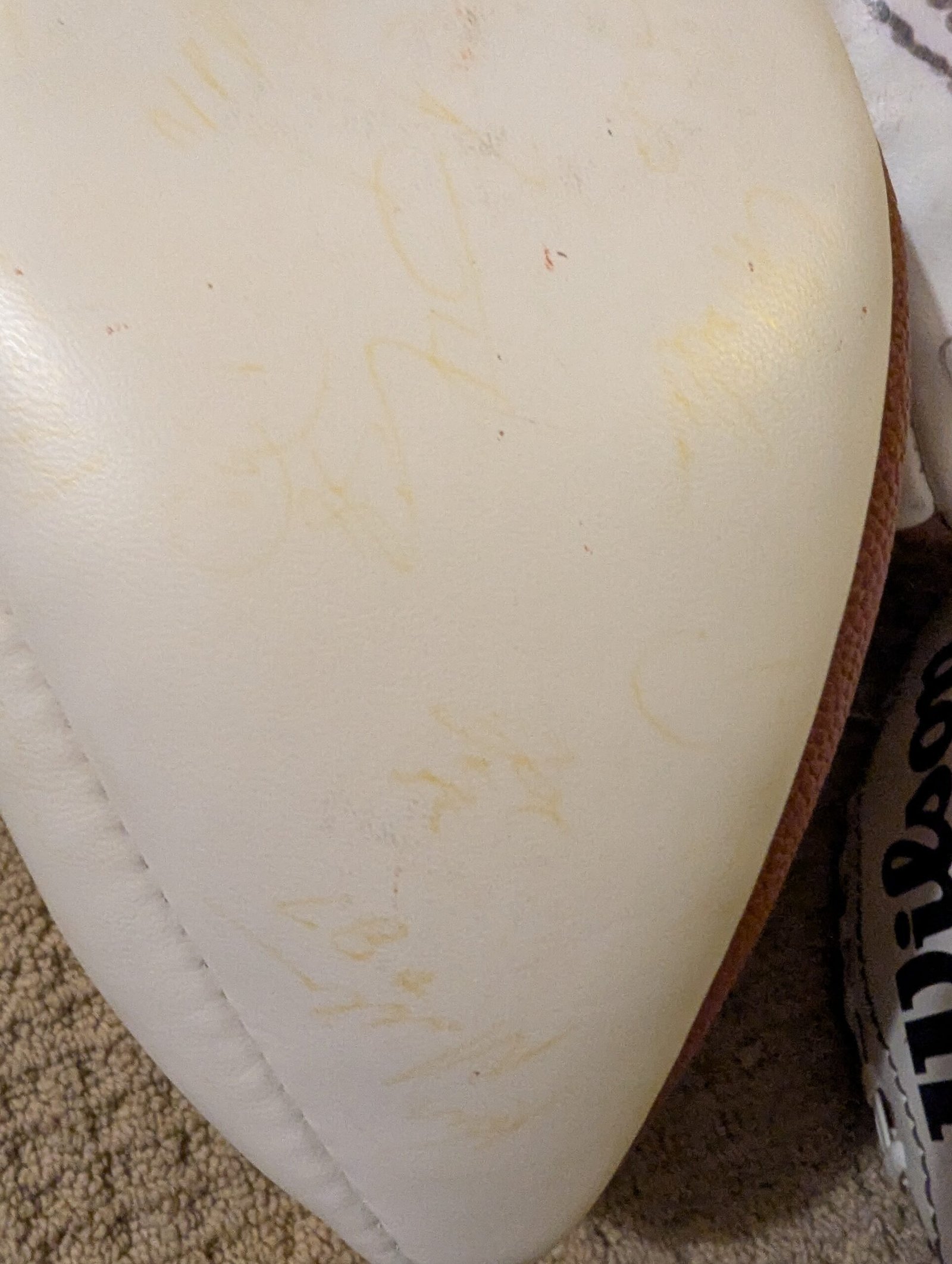

Regular Season Record: 6-10
The Rams’ 6-10 record in 1994 was indicative of their continued mediocrity, as they finished third in the NFC West division. They were competitive in some games but ultimately failed to put together the consistency needed to contend for a playoff spot. The team’s struggles were highlighted by an offense that was not explosive enough and a defense that couldn’t hold up consistently against tougher opponents.
Coaching and Staff:
Head coach John Robinson was in his fourth season with the Rams, and while he had previously experienced success with the team in the 1980s, his return to the franchise had not produced the desired results. Although Robinson’s leadership and coaching experience were valued, the team was still stuck in a rebuilding phase, which continued to hinder the Rams’ progress.
Quarterback Play:
The quarterback position was a point of uncertainty throughout the 1994 season. Jim Everett, the team’s longtime starting quarterback, struggled to maintain his form and was eventually benched during the season. Chris Miller took over as the starter at various points, but neither quarterback was able to find consistent success.
While Everett had his moments as a capable passer, his inconsistencies and inability to deliver in crucial moments ultimately cost the team. Miller, who had started for the Rams in the past, also failed to stabilize the position. The lack of a reliable quarterback was a significant obstacle for the offense and reflected one of the Rams’ ongoing problems during this era.
Running Game:
The running game was another area of concern for the Rams in 1994. Greg Bell, the team’s primary running back, continued to do his best despite the lack of a strong offensive line. However, like in previous seasons, the Rams struggled to establish a dominant ground game. Bell had a respectable year but did not have the support needed to make a significant impact on the team’s overall performance.
The offensive line struggled to create running lanes, and as a result, Bell’s production was often limited. The lack of a potent rushing attack forced the Rams to become more reliant on the passing game, which, as previously mentioned, was inconsistent.
Wide Receiver Play:
The Rams’ receiving corps featured some talent, but again, consistency was an issue. Flipper Anderson, one of the most reliable playmakers on the team, was a constant threat downfield. Henry Ellard, a veteran wide receiver, also contributed and provided a steady target in the passing game. However, the inconsistent quarterback play limited the effectiveness of the receiving group.
As a result, the Rams’ offense was often stagnant and unable to sustain long drives. Though Anderson and Ellard had moments of brilliance, they were unable to carry the offense on their own.
Defensive Play:
The Rams’ defense, while not dominant, had some solid individual performances. Kevin Greene, a linebacker and one of the team’s best players, continued to be a standout on defense. Greene had a Pro Bowl-caliber season and provided a constant pass-rush presence. He was one of the few bright spots on a defense that was otherwise inconsistent.
Despite Greene’s efforts, the Rams’ defense struggled with depth and consistency, allowing too many big plays and not generating enough turnovers to give the offense a chance to succeed. The secondary and defensive line also faced difficulties in stopping opposing offenses, leading to several games in which the Rams fell behind and could not catch up.
Special Teams:
Special teams were once again an area where the Rams did not find much success. John Baker, the team’s kicker, was reliable but had limited opportunities due to the team’s struggles offensively. The Rams were not able to gain significant advantages on special teams, and that lack of an edge further hindered their ability to compete with stronger teams.
Key Players:
-
Jim Everett (QB): The veteran quarterback continued to be inconsistent in 1994, struggling to regain his previous form. He was benched for portions of the season in favor of Chris Miller, but neither quarterback could stabilize the position.
-
Greg Bell (RB): Bell remained the team’s workhorse running back. While he was effective in limited opportunities, the lack of a strong offensive line meant he couldn’t consistently get the Rams’ offense moving.
-
Flipper Anderson (WR): Anderson was one of the few reliable playmakers in the Rams’ offense. His ability to stretch the field made him a constant deep-threat target for the quarterbacks. However, his efforts were often undermined by inconsistent quarterback play.
-
Kevin Greene (LB): Greene was arguably the Rams’ most valuable player in 1994. His leadership and pass-rushing ability kept the defense competitive, earning him a Pro Bowl nod despite the team’s overall struggles.
Challenges and Struggles:
The 1994 season continued the pattern of mediocrity that had plagued the Rams in the early ’90s. The offense struggled with poor quarterback play and a lack of a consistent running game. The defense, while led by Greene, was also plagued by inconsistency, and the special teams were not able to provide any spark.
The Rams’ 6-10 record signaled that the team was still far from being a contender. With key players like Greene continuing to perform at a high level, the team had talent, but a lack of depth, particularly in the offensive line and quarterback positions, prevented them from reaching their potential.
Looking Ahead:
The 1994 Los Angeles Rams season marked the final year in Los Angeles before the team relocated to St. Louis in 1995. The season’s struggles highlighted the franchise’s ongoing difficulties, and it became clear that significant changes would be necessary to return the team to prominence.
With a 6-10 finish, the Rams needed to reevaluate their roster, coaching staff, and overall strategy. While there were bright spots, such as Kevin Greene‘s continued excellence, the team’s overall lack of consistency made it clear that more would be needed to turn the franchise around.
In summary, the 1994 Los Angeles Rams were yet another example of the team struggling to regain its footing in the early ’90s. The inconsistent quarterback play, lack of a dominant running game, and an underperforming defense led to another losing season. With the Rams’ relocation looming, the team would need a fresh start in St. Louis to rebuild and look forward to a new chapter in its history.
Head Coach: Chuck Knox
- To be listed, a player must have played at least one game for the team during this season.
- * Hall of Fame
- + Primary starter
| Pos | # | Player | GP | GS | Start Pos | Exp | DOB | Ht | Wt | College | |
|---|---|---|---|---|---|---|---|---|---|---|---|
| WR | Flipper Anderson | 16 | 7 | 03/07/1965 | ‘ “ | UCLA | |||||
| T | Darryl Ashmore | 11 | 2 | 11/01/1969 | ‘ “ | Northwestern | |||||
| RB | Johnny Bailey | 14 | 5 | 03/17/1967 | ‘ “ | Texas A&I | |||||
| CB | Robert Bailey | 16 | 4 | 09/03/1968 | ‘ “ | Miami (FL) | |||||
| G | Chuck Belin | 14 | 1 | 10/27/1970 | ‘ “ | Wisconsin | |||||
| RB | * | Jerome Bettis | 16 | 2 | 02/16/1972 | ‘ “ | Notre Dame | ||||
| TE | Rickey Brady | 1 | R | 11/19/1970 | ‘ “ | Oklahoma | |||||
| WR | Chris Brantley | 15 | R | 12/12/1970 | ‘ “ | Rutgers | |||||
| C | Bern Brostek | 10 | 5 | 09/11/1966 | ‘ “ | Washington | |||||
| WR | Isaac Bruce | 12 | R | 11/10/1972 | ‘ “ | Memphis State | |||||
| WR | Richard Buchanan | 3 | 2 | 05/08/1969 | ‘ “ | Northwestern | |||||
| C | Blair Bush | 16 | 17 | 11/25/1956 | ‘ “ | Washington | |||||
| QB | Chris Chandler | 12 | 7 | 10/12/1965 | ‘ “ | Washington | |||||
| LB | Brett Collins | 2 | 3 | 10/08/1968 | ‘ “ | Washington | |||||
| LB | Shane Conlan | 15 | 8 | 03/04/1964 | ‘ “ | Penn State | |||||
| CB | Dexter Davis | 4 | 4 | 03/20/1970 | ‘ “ | Clemson | |||||
| TE | Troy Drayton | 16 | 2 | 06/29/1970 | ‘ “ | Penn State | |||||
| DT | D’Marco Farr | 10 | 1 | 06/09/1971 | ‘ “ | Washington | |||||
| C | Brad Fichtel | 1 | 1 | 03/10/1970 | ‘ “ | Eastern Illinois | |||||
| T | Wayne Gandy | 16 | R | 02/10/1971 | ‘ “ | Auburn | |||||
| DT | Sean Gilbert | 14 | 3 | 04/10/1970 | ‘ “ | Pittsburgh | |||||
| G/T | Leo Goeas | 13 | 5 | 08/15/1966 | ‘ “ | Hawaii | |||||
| FB | Howard Griffith | 16 | 2 | 11/17/1967 | ‘ “ | Illinois | |||||
| CB | Wymon Henderson | 15 | 8 | 12/15/1961 | ‘ “ | Nevada – Las Vegas | |||||
| CB | Darryl Henley | 15 | 6 | 10/30/1966 | ‘ “ | UCLA | |||||
| WR | Jessie Hester | 16 | 9 | 01/21/1963 | ‘ “ | Florida State | |||||
| LB | Thomas Homco | 15 | 2 | 01/08/1970 | ‘ “ | Northwestern | |||||
| CB | Steve Israel | 10 | 3 | 03/16/1969 | ‘ “ | Pittsburgh | |||||
| T | Clarence Jones | 16 | 4 | 05/06/1968 | ‘ “ | Maryland | |||||
| DT | Jimmie Jones | 14 | 5 | 01/09/1966 | ‘ “ | Miami (FL) | |||||
| LB | Joe Kelly | 16 | 9 | 12/11/1964 | ‘ “ | Washington | |||||
| WR | Todd Kinchen | 13 | 3 | 01/07/1969 | ‘ “ | Louisiana State | |||||
| P | Sean Landeta | 16 | 10 | 01/06/1962 | ‘ “ | Towson State | |||||
| RB | David Lang | 13 | 4 | 03/28/1967 | ‘ “ | Northern Arizona | |||||
| FB | Tim Lester | 14 | 3 | 06/15/1968 | ‘ “ | Eastern Kentucky | |||||
| G | Keith Loneker | 2 | 2 | 06/21/1971 | ‘ “ | Kansas | |||||
| CB | Todd Lyght | 16 | 4 | 02/09/1969 | ‘ “ | Notre Dame | |||||
| S | Keith Lyle | 16 | R | 04/17/1972 | ‘ “ | Virginia | |||||
| QB | Tommy Maddox | 5 | 3 | 09/02/1971 | ‘ “ | UCLA | |||||
| LB | Chris Martin | 14 | 12 | 12/19/1960 | ‘ “ | Auburn | |||||
| TE | Ron Middleton | 16 | 9 | 07/17/1965 | ‘ “ | Auburn | |||||
| QB | Chris Miller | 13 | 8 | 08/09/1965 | ‘ “ | Oregon | |||||
| G | Tom Newberry | 15 | 9 | 12/20/1962 | ‘ “ | Wisconsin – La Crosse | |||||
| S | Anthony Newman | 16 | 7 | 11/21/1965 | ‘ “ | Oregon | |||||
| DE | Brad Ottis | 13 | R | 08/02/1972 | ‘ “ | Wayne State (NE) | |||||
| LB | Roman Phifer | 16 | 4 | 03/05/1968 | ‘ “ | UCLA | |||||
| CB | Marquez Pope | 16 | 3 | 10/29/1970 | ‘ “ | Fresno State | |||||
| DE | Gerald Robinson | 13 | 8 | 05/04/1963 | ‘ “ | Auburn | |||||
| DT | David Rocker | 11 | 4 | 03/12/1969 | ‘ “ | Auburn | |||||
| LB | Henry Rolling | 9 | 7 | 09/08/1965 | ‘ “ | Nevada | |||||
| WR | Jermaine Ross | 4 | 1 | 04/27/1971 | ‘ “ | Purdue | |||||
| T | * | Jackie Slater | 12 | 19 | 05/27/1954 | ‘ “ | Jackson State | ||||
| DE | Fred Stokes | 16 | 8 | 03/14/1964 | ‘ “ | Georgia Southern | |||||
| S | Toby Wright | 16 | R | 11/19/1970 | ‘ “ | Nebraska | |||||
| DE | Robert Young | 16 | 4 | 01/29/1969 | ‘ “ | Mississippi State | |||||
| K | Tony Zendejas | 16 | 10 | 05/15/1960 | ‘ “ | Nevada – Reno |

